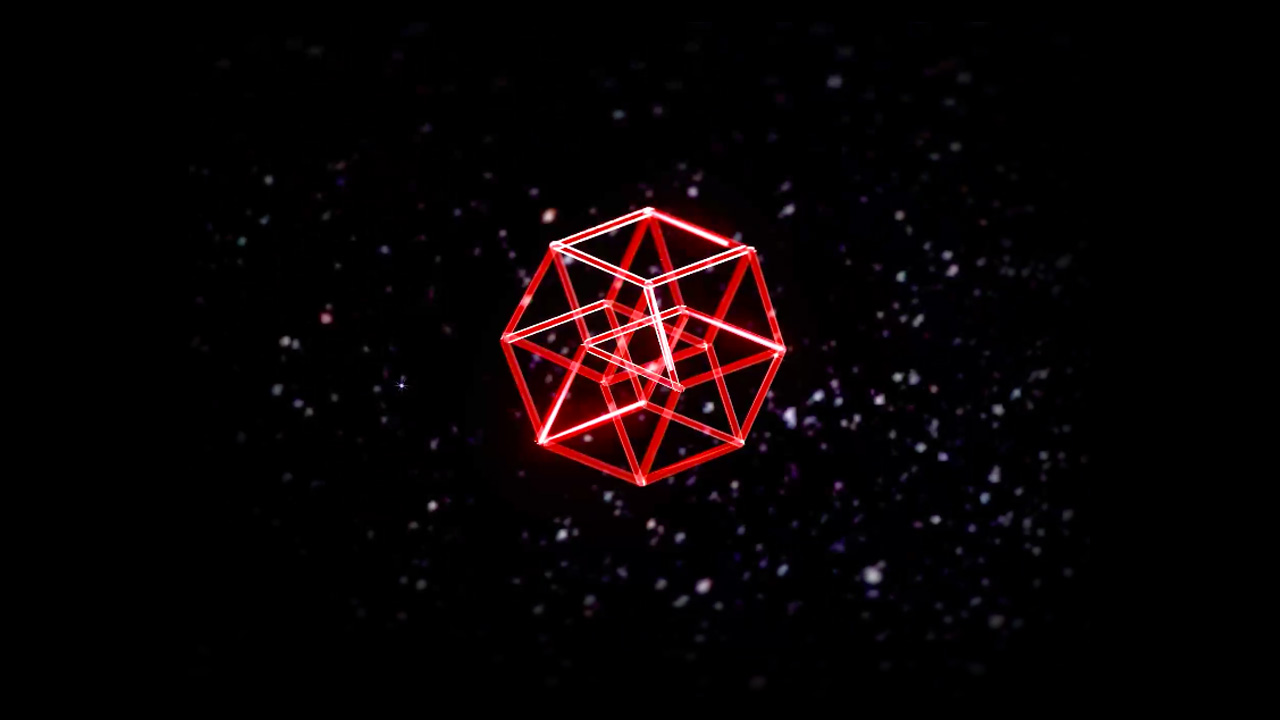Boğaziçi Ventures’ New Investment Area: NFTs and Digital Art

Standing out in the entrepreneurship ecosystem with its investments in local technologies, Boğaziçi Ventures has added popular NFT projects and digital art to its new investment areas, following its focus on fintech, health, security, and gaming sectors. For this purpose, Boğaziçi Ventures has decided to support digital art initiatives, which have shown significant growth over the past two years and have rapidly expanded with the NFT ecosystem.
Under Boğaziçi Ventures Digital Asset Management, the first project of BV NFT investments was launched with the “HyperCube” collection developed by award-winning artist Özge Topçu. The collection, exhibited online as of February 9, features cube forms in red, gray, midnight blue, green, and yellow. Each color is presented in 10 editions with 5 different angles, transforming star motifs that have inspired art for thousands of years into four-dimensional cubes. The mystical journey across time and geography is conveyed through videos created in VR, with music by Omni Ferah Feza.
“We Will Support Turkish Artists”
At the launch event of the “HyperCube” NFT collection, Boğaziçi Ventures Chairman of the Board Agah Uğur said:
“We are transferring the knowledge and experience we have in gaming and digital asset management to Turkish artists and their ventures in digital art, and we will continue to do so. As Boğaziçi Ventures, our aim with these investments is to create sustainable economic value in the NFT market for Turkey’s art ecosystem and investors.”
Uğur emphasized that Boğaziçi Ventures aims to invest in ventures that challenge traditional industries and develop evolutionary technologies, thereby attracting investors to help the ecosystem grow solidly. With its four funds and three companies, Boğaziçi Ventures, which has focused on fintech, health technologies, gaming, and digital assets, is now adding digital art as a new investment area. The company aims to prioritize projects by Turkish artists that highlight Turkish motifs and culture, create special series with artists, and contribute to both their technological needs and promotions.
“A Journey Through Time and Geography”
Artist Özge Topçu, who continues her artistic life in Lisbon, London, and Istanbul, said during the launch that the limited edition “HyperCube” NFT collection was created in five thematic colors symbolizing the values of Boğaziçi Ventures. She added:
“If advanced geometry was the foundation of ancient civilizations’ science and art, today’s technology similarly shapes our present. The cube forms are inspired by star motifs developed about a thousand years ago, used in architecture and ornamentation. In the HyperCube NFT Series, cubes in five different colors move in space. Each color was chosen to represent Boğaziçi Ventures’ values. The illusions created by their rotations reveal much more than a cube, resulting in many different perspectives. These motifs bear witness to the cyclical journey of knowledge across thousands of years of time and geography, overlapping with four-dimensional analogies and celestial designs. In doing so, the works reflect today’s era, where truths and facts have lost their significance.”
The Boğaziçi Ventures HyperCube NFT series, prepared as a Rare collection of 5 works with a total of 255 editions, was launched exclusively for investors on February 9, with only 50 NFTs released for sale on February 10. Supported by Solana’s “Solsea” platform, one of the world’s leading blockchain protocols, the BV HyperCube series can be explored at www.bogaziciventures.com and https://solsea.io/.
About Özge Topçu
Born in Turkey, Özge Topçu continues her life and artistic work in Lisbon and London. She graduated with honors from Yıldız Technical University’s Faculty of Art and Design, Mixed Arts Program in 2014. She later joined Marmara University’s Fine Arts Master’s Program in Painting and continued her studies in Germany at Burg Giebichenstein Kunsthochschule Halle.
Her work explores the artificial constructs of contemporary world systems and their perceived reliability’s impact on people. To question the credibility of modernism’s tools, she interprets concepts such as architectural propaganda and the construction of family, individual, and national identity, contextualizing them in specific spaces and settings.